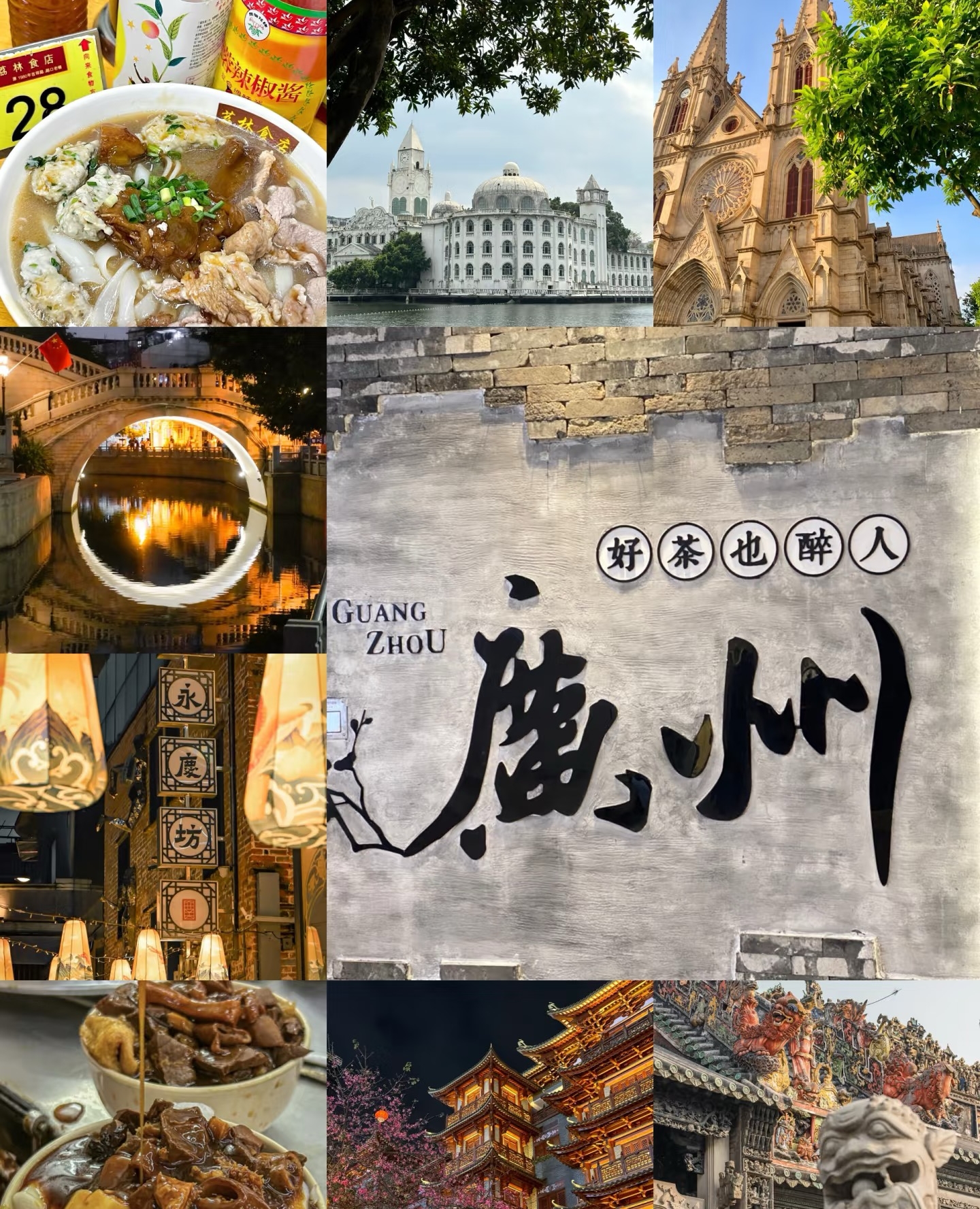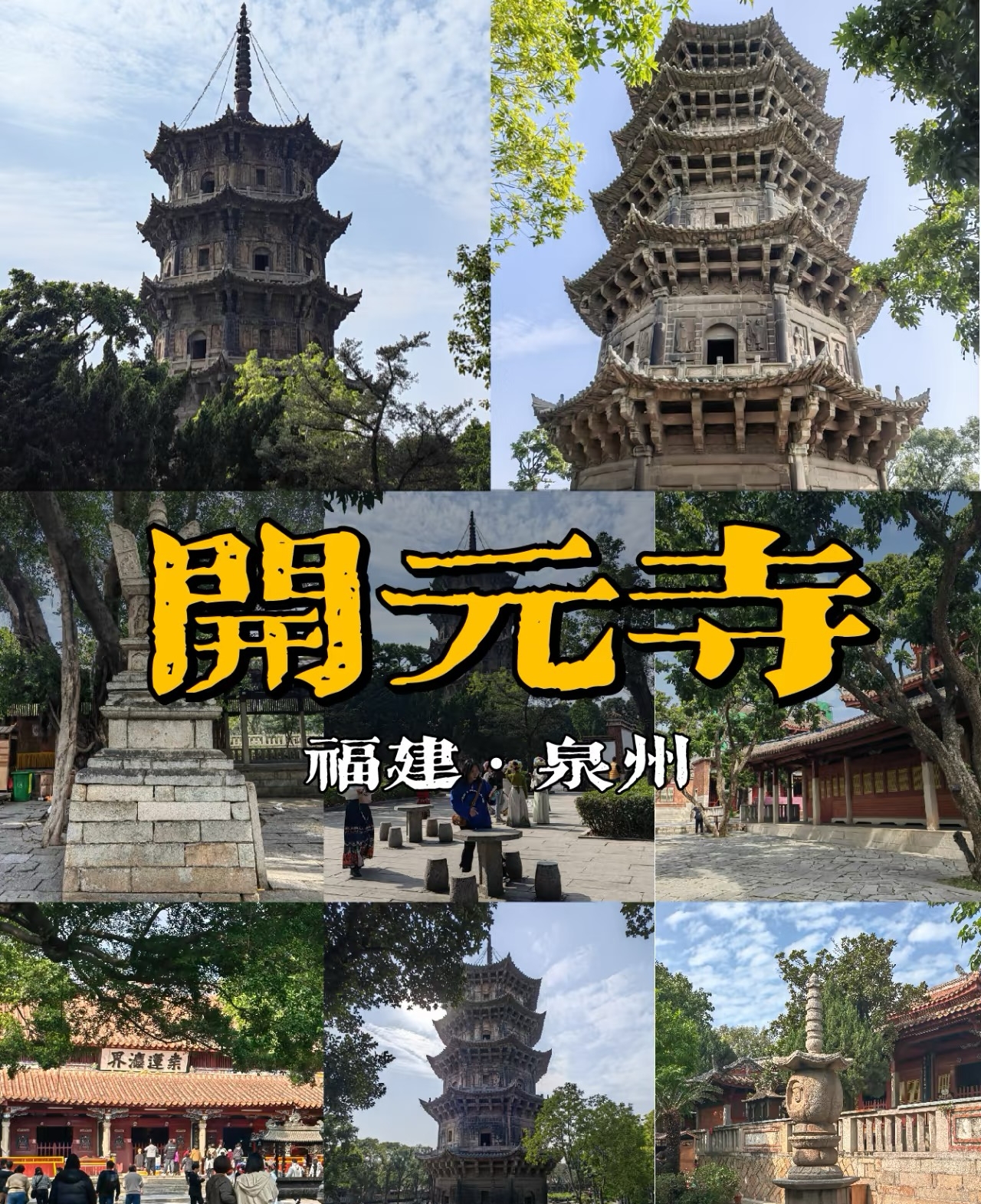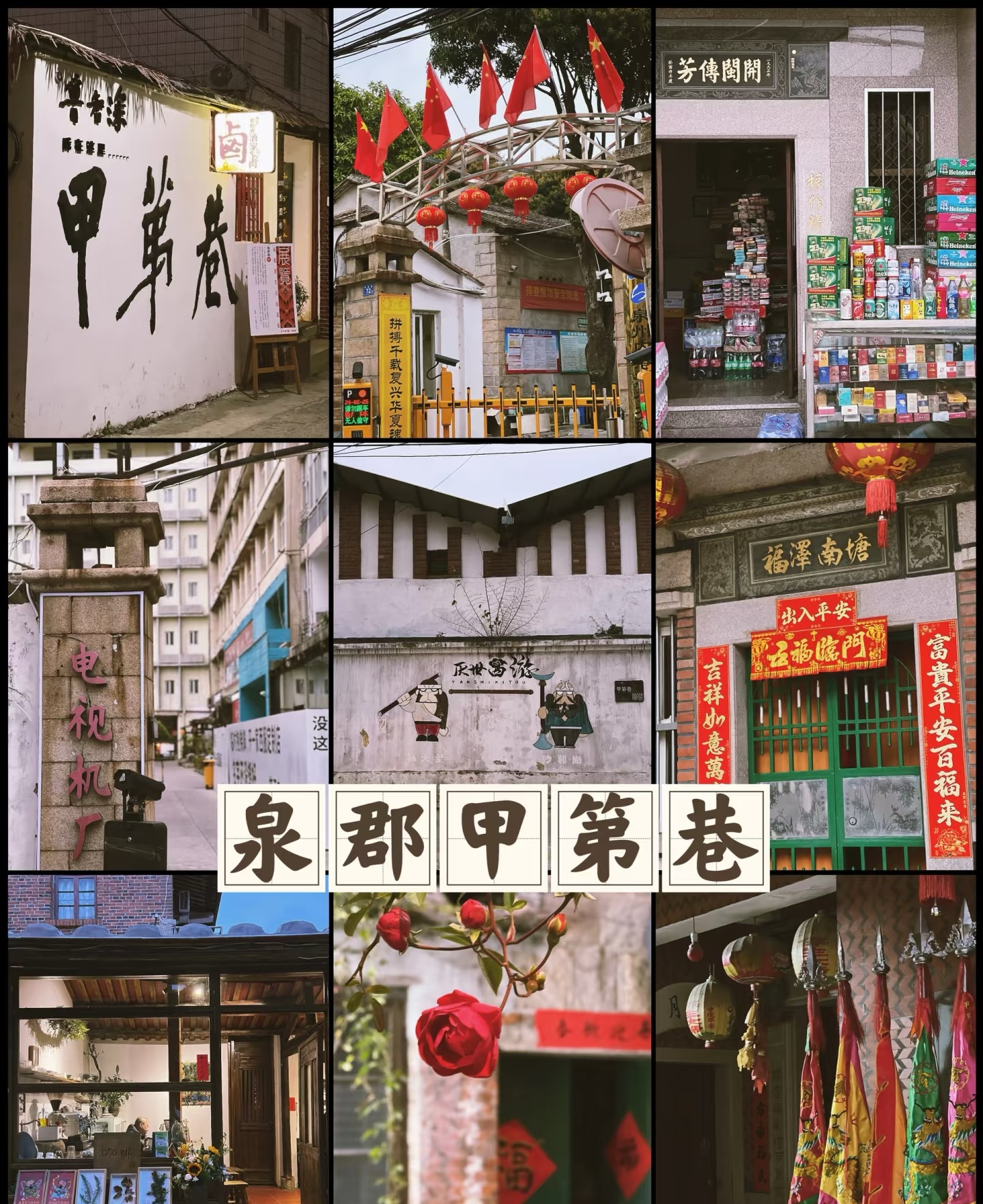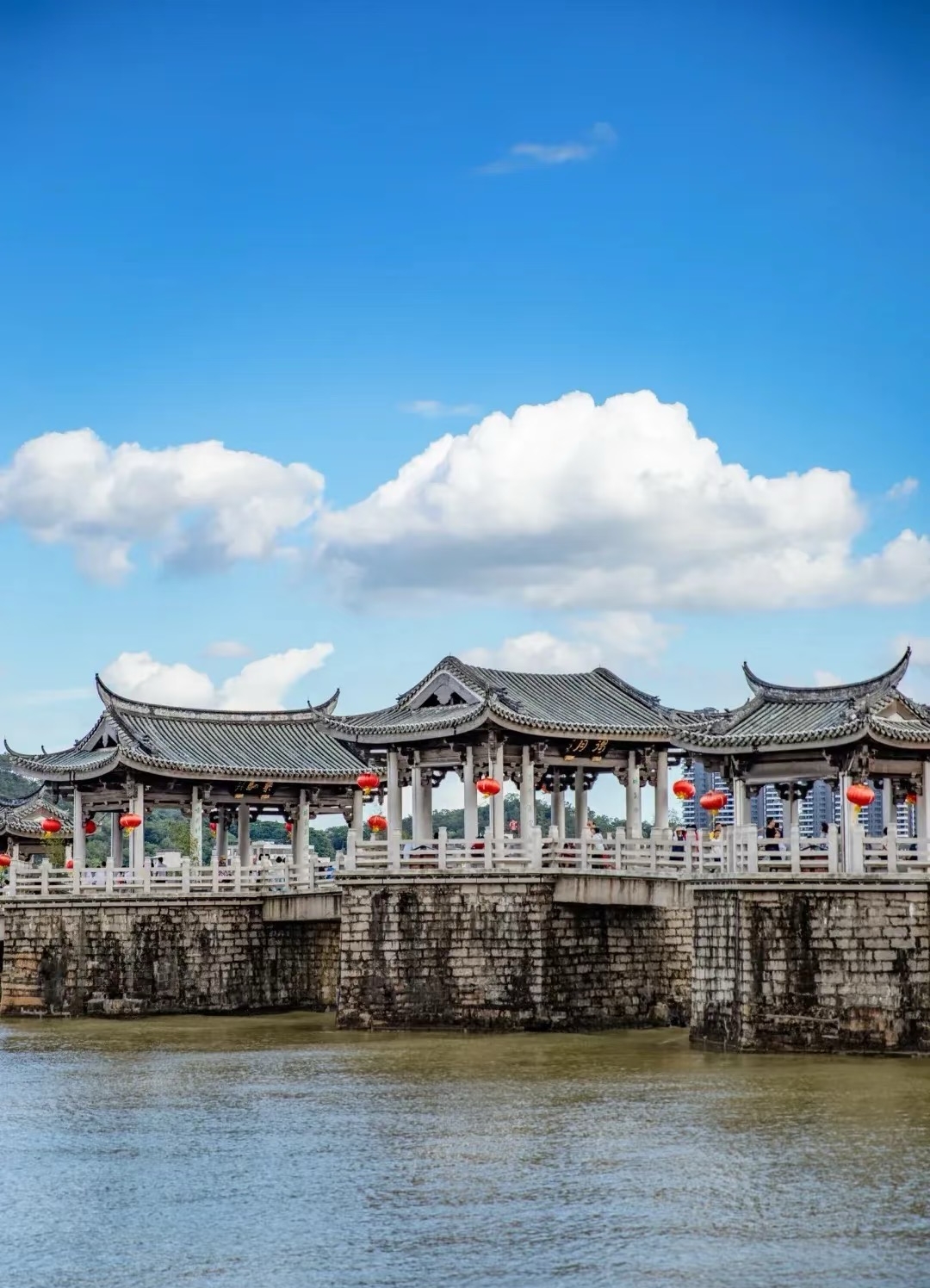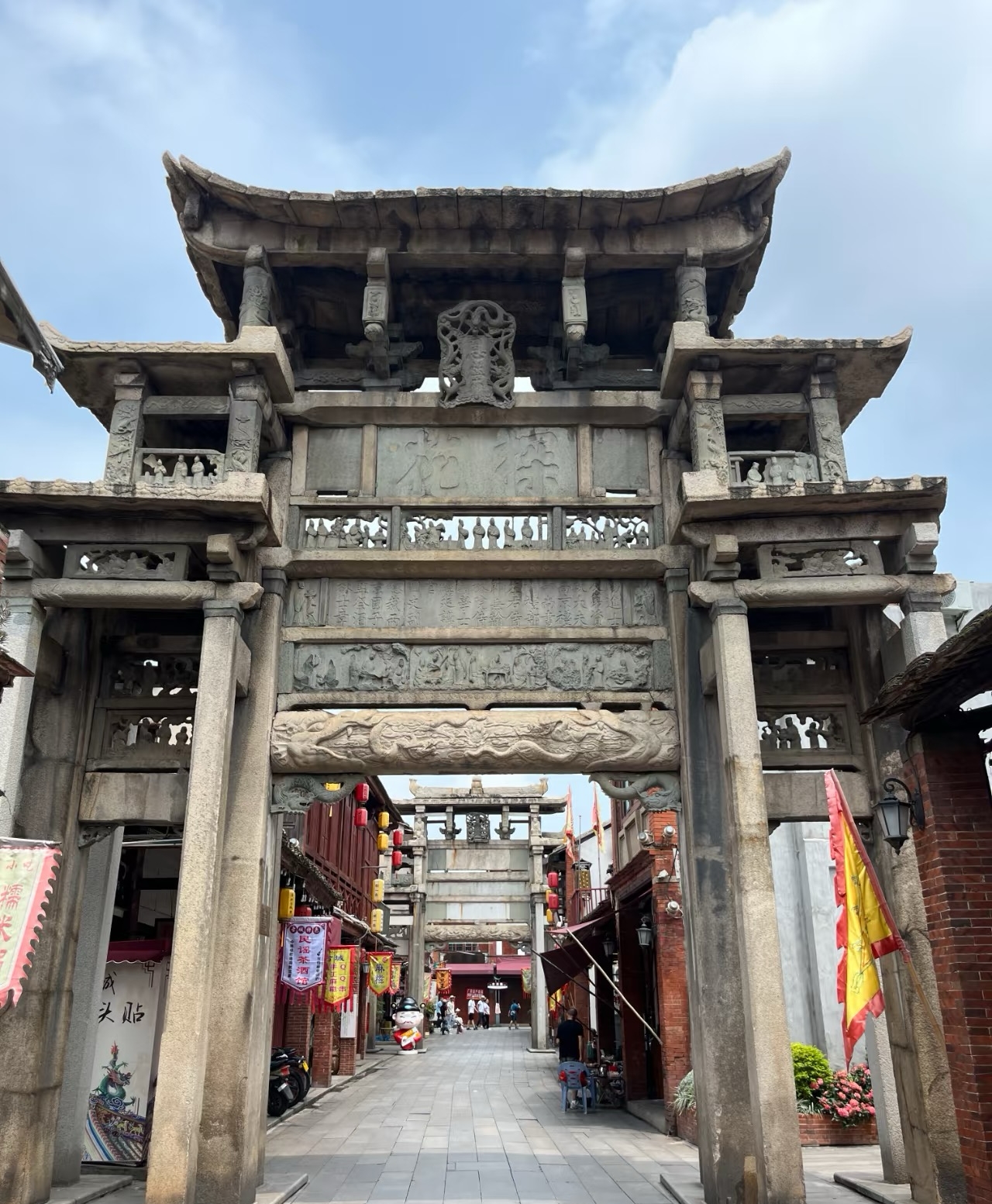

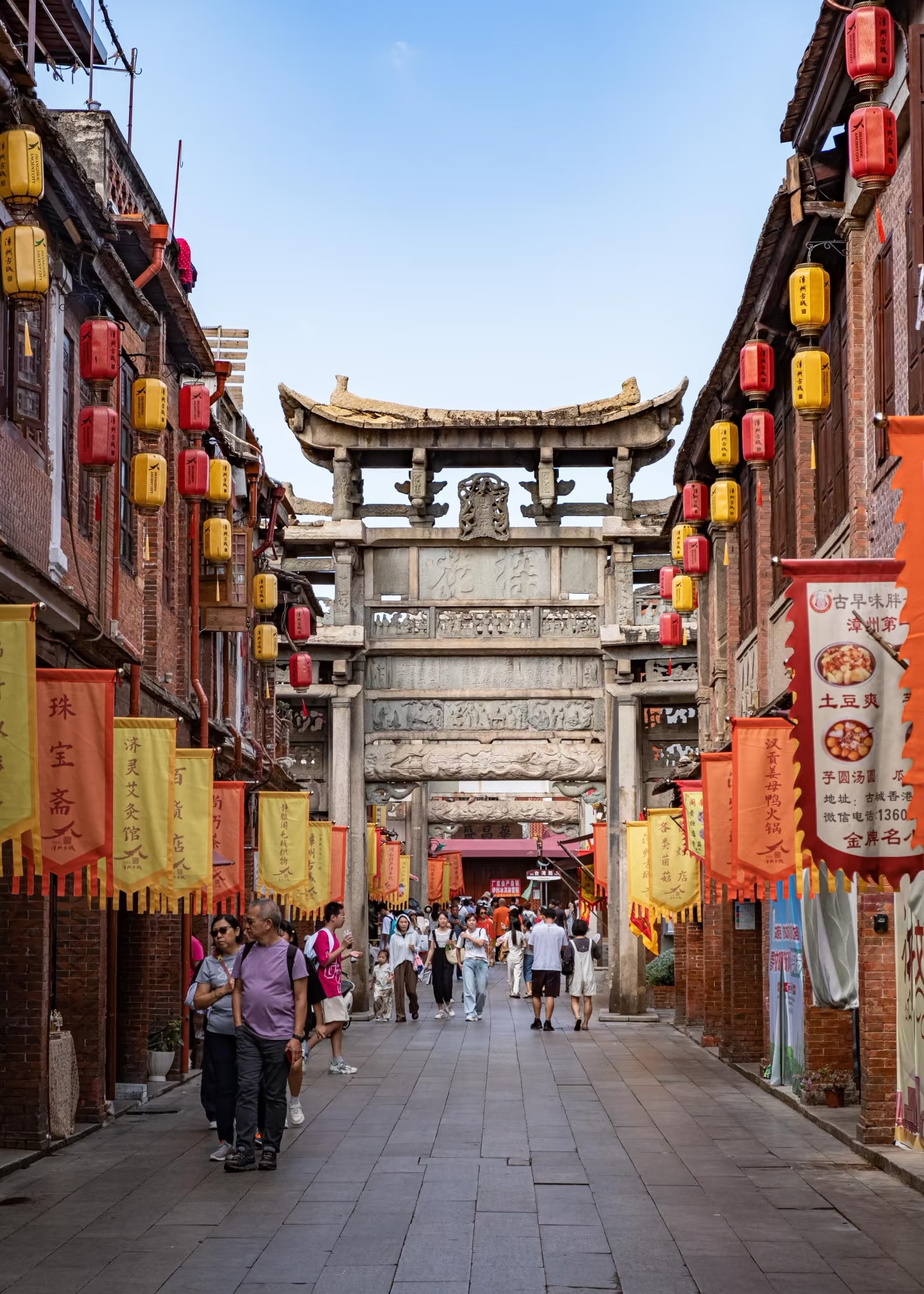


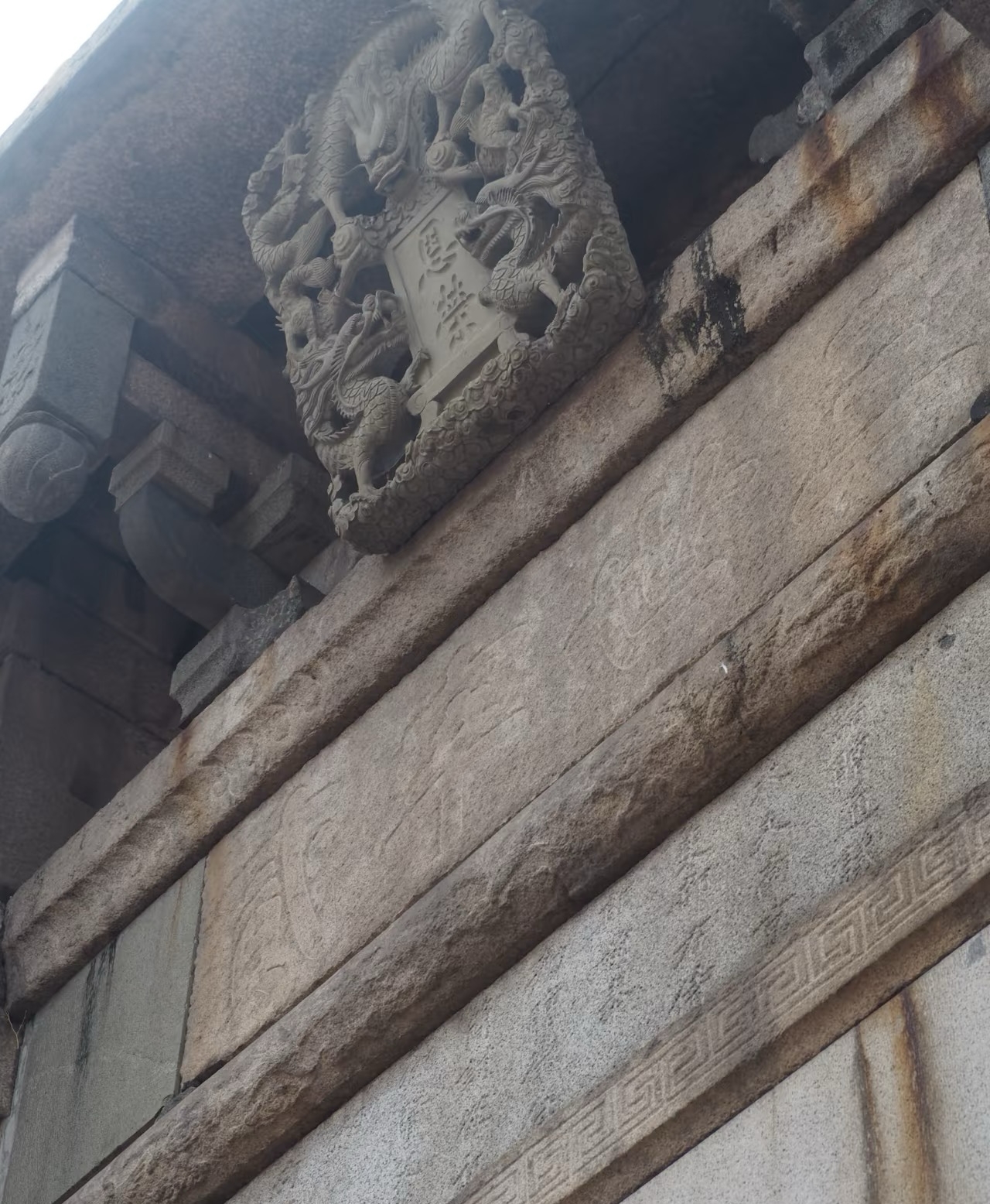
Paifang Street
Stone Archway Street is famous for its concentration of ancient memorial arches honoring virtuous officials, filial sons, and chaste widows. These intricately carved stone structures, dating from the Ming and Qing dynasties, showcase the exceptional craftsmanship of Chaozhou stone carving. The street offers both architectural interest and cultural insights into traditional Confucian values and social recognition systems.
Information
Ticket price
Time
Location
Taiping Rd, Xiangqiao District, Chaozhou, Guangdong, China
View maps
More about the trip
Paifang Street (Stone Archway Street): A Gallery of Chaozhou's Virtues
Stone Archway Street, officially known as Taiping Road, is famous for its concentration of ancient memorial arches (paifang) honoring virtuous officials, filial sons, and chaste widows. These intricately carved stone structures, dating from the Ming and Qing dynasties, showcase the exceptional craftsmanship of Chaozhou stone carving. The street offers both architectural interest and cultural insights into traditional Confucian values and social recognition systems, making it a unique historical and cultural landmark in Chaozhou.
What to See and Do
Admire the Stone Archways: Stroll along the street and marvel at the numerous stone archways, each a masterpiece of stone carving. Read the inscriptions to understand the stories and virtues they commemorate.
Intricate Carvings: Pay close attention to the detailed carvings on the archways, which depict mythological creatures, historical scenes, and auspicious symbols. These showcase the high level of artistry of Chaozhou craftsmen.
Historical Significance: Learn about the traditional Confucian values that these archways represent, such as loyalty, filial piety, and chastity. They were erected by imperial decree to honor individuals who exemplified these virtues.
Traditional Shops and Eateries: The street is lined with traditional shops selling local handicrafts, Chaozhou opera costumes, and famous Chaozhou snacks. You can sample authentic Chaoshan cuisine and local delicacies.
Jiadi Lane: Just off Paifang Street, Jiadi Lane is another historic street with well-preserved traditional residences of wealthy merchants and officials, offering a deeper dive into Chaozhou's architectural heritage.
Photography: The unique archways and the bustling street life provide excellent opportunities for stunning photographs.
Best Time to Visit
Paifang Street is lively throughout the day. Evenings offer a different charm with illuminated archways and a bustling atmosphere. Spring and autumn offer the most pleasant weather for outdoor exploration.
How to Get There
Paifang Street is located in Xiangqiao District, Chaozhou, within the ancient city. It is easily accessible by local buses and taxis from Chaozhou city center. It's a central landmark and a great starting point for exploring the ancient city.
Travel TipsWear comfortable shoes: You'll be doing a lot of walking on stone-paved streets.
Come hungry: There are many local snacks and dishes to try, especially Chaoshan specialties.
Allow ample time: Plan for at least 1-2 hours to explore the street thoroughly.
Bargain: In smaller shops, especially for souvenirs, bargaining might be possible.
Wear comfortable shoes: You'll be doing a lot of walking on stone-paved streets.
Come hungry: There are many local snacks and dishes to try, especially Chaoshan specialties.
Allow ample time: Plan for at least 1-2 hours to explore the street thoroughly.
Bargain: In smaller shops, especially for souvenirs, bargaining might be possible.

